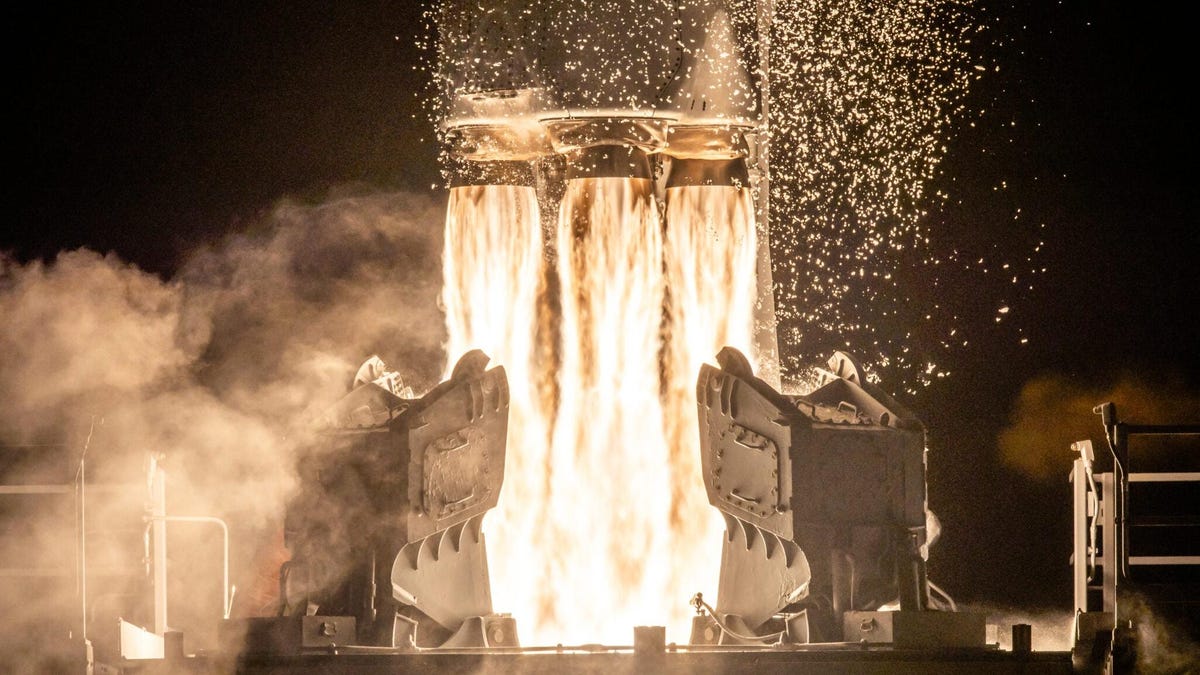
Firefly Aerospace and its partner Millennium Space Systems have entered into the hot standby phase of Space Force’s Victus Nox mission. The groundbreaking initiative aims to launch a satellite with a mere 24-hour notice, a capability that traditionally takes months—if not years.
For Firefly and Millennium, “go mode” could happen at any time now, with the hot standby phase beginning on August 30, according to a statement. The clock to launch starts ticking once the U.S. Space Force sounds the alert. Millennium then has a tight 60-hour window to deliver the satellite to Firefly Aerospace. Firefly will then face its own countdown, tasked with launching the satellite in under 24 hours. The suspense hangs thick as neither Firefly nor Millennium knows when this call will be placed over the next six months.
Advertisement
The directive for this mission comes from the Space Systems Command’s (SSC) Space Safari Program Office, under the Department of Defense’s broader strategy towards developing a “tactically responsive space” capability. Victus Nox represents a key phase in the development of this rapid response strategy. This venture reflects concerns about the potential vulnerability of essential satellites and aims to reduce satellite mission planning from lengthy months to mere hours during times of crisis, such as a scenario in which an adversary knocks out a critically important satellite.
Related article: Victus Nox: What to Know About Space Force’s Rapid-Launch Satellite Mission
Millennium Space Systems, a Boeing subsidiary, is on the hook for delivering the satellite. The Texas-based Firefly, on the other hand, will supply its light-lift Alpha launch vehicle to propel the satellite into low Earth orbit.
Advertisement
Advertisement
“Challenging missions like this is where Firefly excels, and we are extremely humbled and proud to provide the U.S. Space Force and the nation with the critical capability to launch on-demand in support of national security,” said Firefly CEO Bill Weber in the statement.
When the alert is sounded, teams will rush to transport the payload to California’s Vandenberg Space Force Base, perform essential fueling operations, and marry it with Firefly’s Alpha payload adapter. The team will have just 24 hours for all these tasks, including updating software, encapsulating the payload, preparing Alpha for launch at the pad, and finally flying the rocket once it becomes safe to do so.
Jason Kim, CEO of Millennium Space Systems, remarked on the partnership’s uniqueness, emphasizing that this sort of mission demands adaptability and close-knit collaboration. “What we’re doing with Victus Nox has never been done before, and I attribute our success to the dedication and teamwork of our collective team,” he said in the statement.
Both companies have been rigorously preparing for the launch, including a successful hot fire test of the rocket. Recent rehearsals saw the packing and transport of a satellite mockup to Firefly’s facility at Vandenberg, with all launch operations completed within the stringent 24-hour window.
Advertisement
This mission follows the first tactical launch, Tactically Responsive Launch-2 (TacRL-2), launched by Northrop Grumman aboard a Pegasus XL rocket in 2021. Looking ahead, the Department of Defense is already prepping for the next chapter, Victus Haze, with a focus on leveraging commercial capabilities for swift execution.
Services Marketplace – Listings, Bookings & Reviews